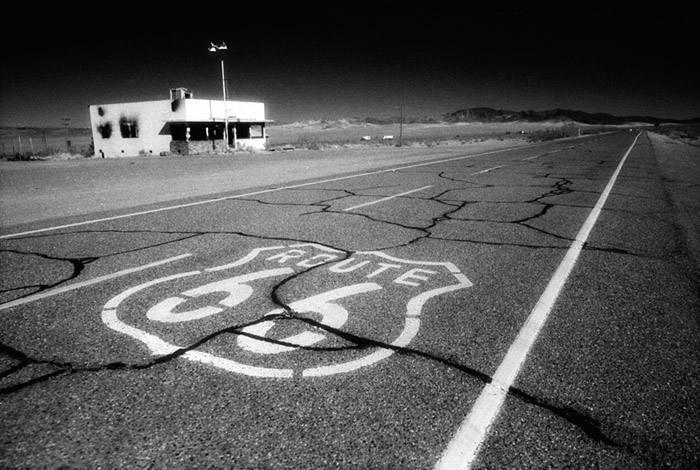If you are taking an international flight on Delta or any other US based Carrier that requires a stopover and change to one of their Code Share partners- BEWARE. The baggage allowance that you think you get on the way their may be different than on the way home.
When booking apparently you must read ALL the SMALL PRINT, regarding their codeshare partners on international flights. For the rules that govern your check-in on the way out, may be differently enforced on the way home. That's right, you fly out with your two bag allowance, or your 70 lbs. per bag, or your total weight allowance and special sporting items; on the way there the desk attendant gladly lets you check-in with the aforementioned bags. BUT on the way home, the "partner" airline handling your check-in informs you that you actually only have one (1) bag allowed, or only 23kg (50 lbs) per bag, or that skis and other sports equipment are extra.
IF you complain to the carrier you will get responses like this:
I apologize for the carry on and checked baggage discrepancies between other airlines. Each airline determines their own allowed allowances and fees. When airlines create working agreements between each other (such as SkyTeam), these agreements do not change or homogenize the baggage allowances.
The easiest way, Mr. Kam, to keep on top of Delta's airline partners' baggage allowances is to go to this link: http://www.delta.com/traveling_checkin/baggage/general_conditions/index.jsp
Scroll down to Airline Partner Notice and click on "codeshare partners." From there click on the "SkyTeam Partners" and scroll to the airline of choice and click on that airline's "baggage policy."
Air France routinely offers four classes of service on its long haul flights, e.g., between Europe the U.S. or other continents such as Africa and South America. In the first class cabins (La Premiere, La Affaires (business), and Premium Voyageur (economy) Air France allows two carry ons up to 40 pounds. In coach (Voyageur) the allowance is one carry on not to exceed 26 pounds (12 kg). KLM on the other hand allows one carry on whether in coach or first class. That airline's distinction is that it's a maximum of 26 pounds in coach and 40 pounds (18 kg) in first class.
Checked baggage is again different. For instance, in first class KLM allows three free bags not to exceed 70 pounds, and in coach one free bag not to exceed 50 pounds (23 kg). In coach the second checked bag is
$50. Air France, on the other hand, on 'Long Haul' flights permits three free in La Premiere and La Affaires but they cannot exceed 50 pounds each, not the 70 pounds per bag as on KLM or Delta flights. In Air France's Premium Voyageur or Alize classes, the allowance is two free bags, and in Voyageur (economy) it is one bag at 50 pounds.
Since baggage policies are all over, it is best to check the delta.com website when planning to fly in foreign countries on their national airlines.
Mr. Kam, please accept our apology for the unfavorable impression you have received. Your selection of Delta is appreciated and we consider it a privilege to be of service to you.
Sincerely,
Daphne Jensen
Medallion Desk
www.delta.com
Suffice to say, I am out $150 dollars for the overweight bag that I clearly would have expected to carry home, since it is the same bag I flew out with. But apparently, Delta feels it is OK to allow me to have the notion that when I fly out with them on a Delta Ticketed flight, that the return home flight (which is also Delta Ticketed) my not allow the same treatment.
So don't learn this lesson the hard way like I did. Make sure that all your legs of the flight are with the SAME CARRIER if you can, or if you find that you will be check-in with one of the "partners" find out what the lowest common denominator rules are, and follow those.
And yes pack lighter if you can--which is hard to do when traveling with 3 women for 6 weeks. All my personal gear fit in a carry-on sized bag and my PC backpack.



